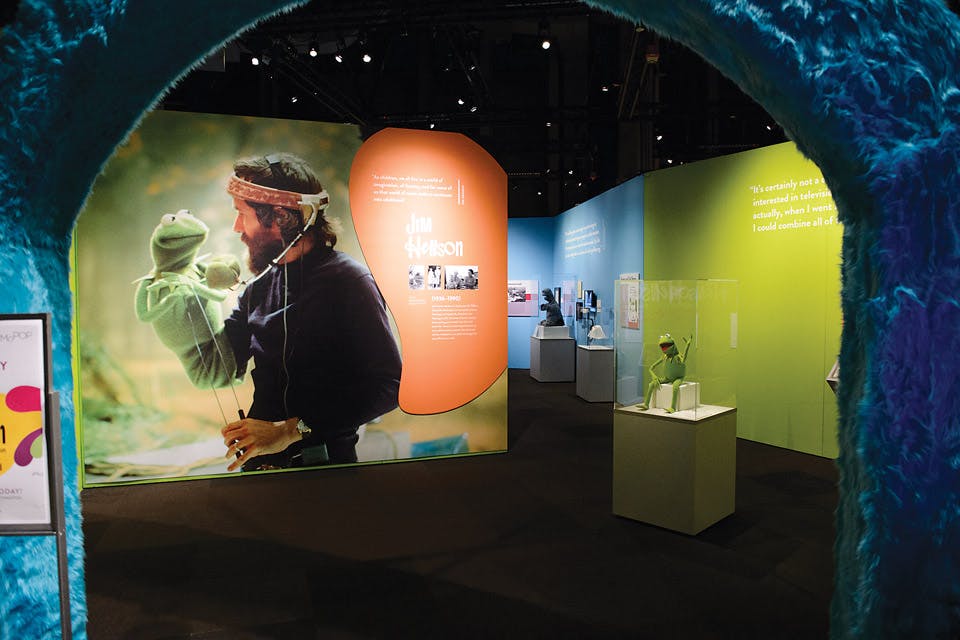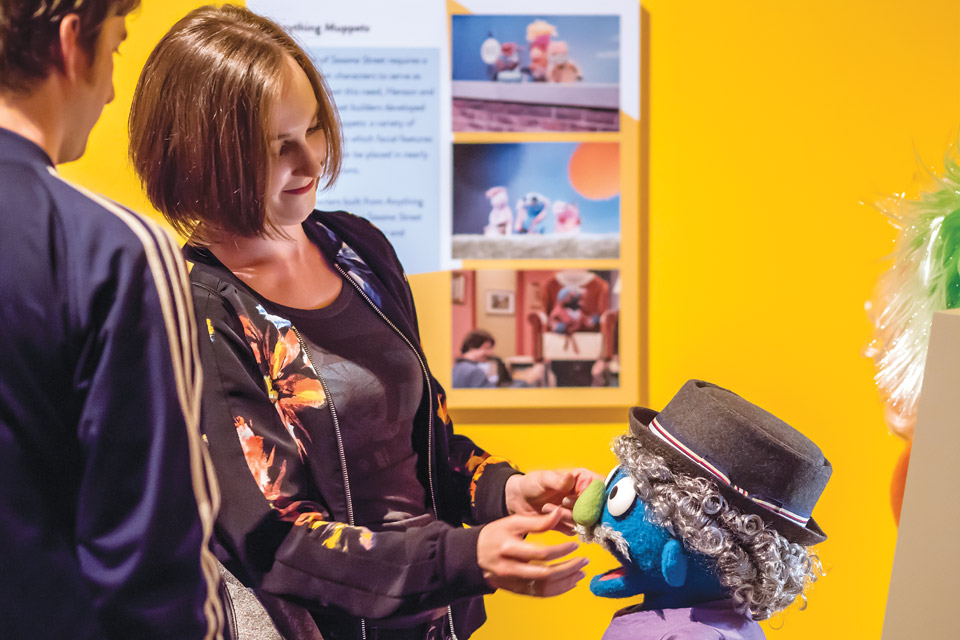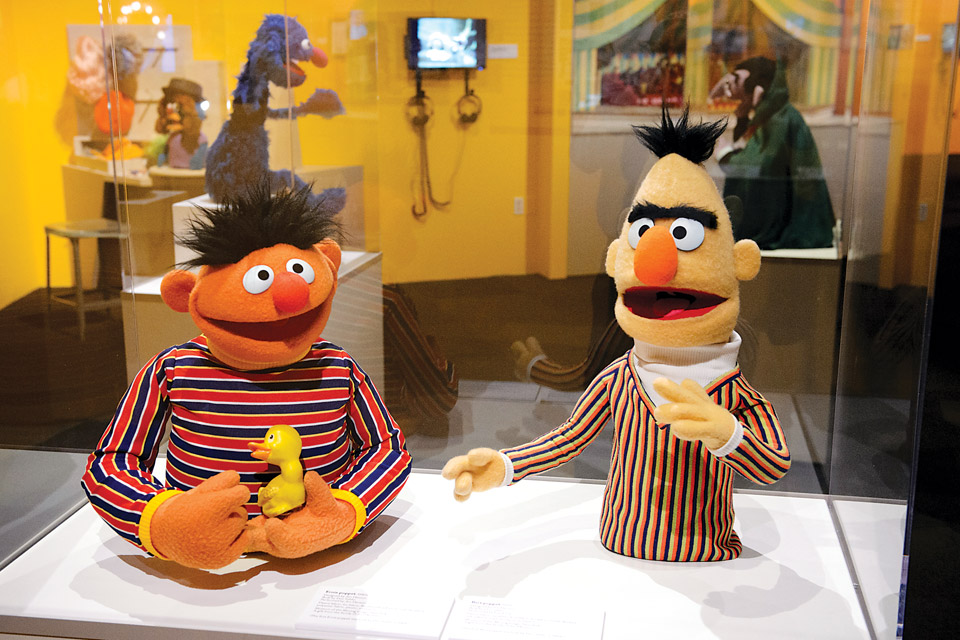Arts
‘The Jim Henson Exhibition: Imagination Unlimited’
An exhibition at COSI through Sept. 2, delves into the mind of the man who brought The Muppets to life.
Related Articles

New Book Details Origins and Evolution of Dayton’s Carillon Historical Park
The destination’s vice president of museum operations Alex Heckman and curator Steve Lucht wrote the 222-page, hardbound coffee-table book. READ MORE >>

See ‘Heartland: The Stories of Ohio Through 250 Objects’ in Lancaster
The Decorative Arts Center of Ohio hosts an artifact-focused exhibition that tells the story of our state through a collection of family keepsakes and iconic inventions. READ MORE >>

Ohio Couple Appears on Hallmark Channel’s ‘Baked with Love: Holiday’
Ben Bruening and Gabrielle Payne from Hudson share heirloom recipes, festive treats and the chaos of filming, all while welcoming their first child. READ MORE >>






